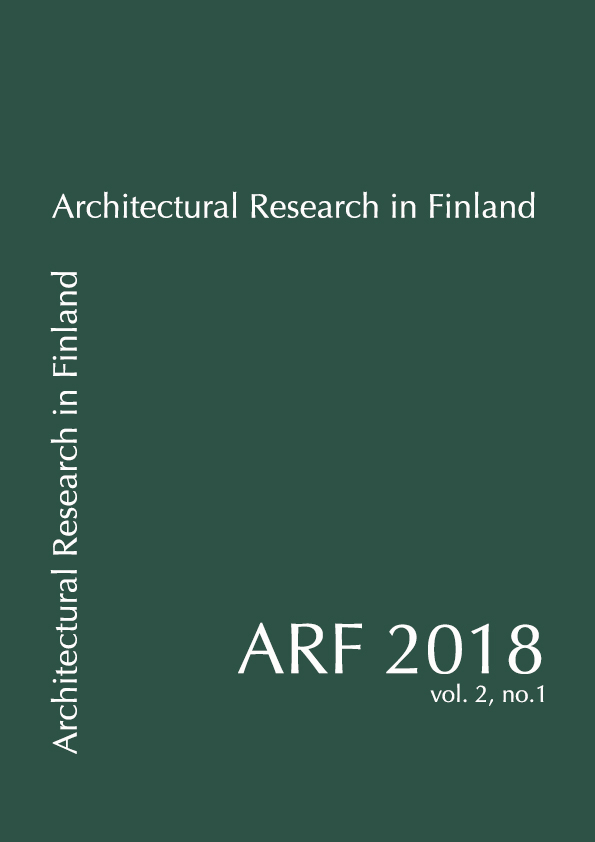The Experience and Beauty in the Cultural Heritage Discourse
Reflections from Two Case Studies
Keywords:
aesthetics, cultural heritage, discourse, experience, beauty, case studyAbstract
The cultural heritage in the built environment is developing discursively, and the concept is today exposed more variously than a decade ago when I explained in the doctoral dissertation through a case study how the place, the process and the experience were arising in the Foucaldian discourses. My on-going research on the change of the cultural heritage discourse (kulttuuriympäristö) is showing how the designations are changing and the concepts re-defined. The national strategy on the cultural heritage (2014) is emphasizing everybody’s right on the good cultural heritage environment and also the responsibilities to take care of that. When we now share the idea that the cultural heritage in the built environment is belonging to all of us, the places and experiences of all are also important.
Nevertheless, in the end is the experience or the aesthetic experience exactly, really important when opinions are contradictory and the crucial decision has to be made: to preserve or to dismantle the building? The absence of aesthetics in decision-making has been extremely explicit since the recession of the 1990s and public discussions and political decision-making seem to involve mostly economic arguments.
Architects are using the experience, meaning the aesthetic, bodily experience or referring to art, in their professional speech but to speak about “the beauty experience” or able to emphasize the meaning of beauty in architecture, and also in the environment is usually left outside the discussions. The experience, together with reflection, following Dewey, is very important in the speech of teaching architects. In the cultural heritage discourse, narratives, experiences and local stories from bottom-up are arising but do we talk about the aesthetics or the experiences of beauty in the built environment?
In this paper, the aim is to discuss about the meaning of experiences and the role of beauty in cultural heritage discourse. The method used here is the case study research, and two local cases from different decades will be introduced to demonstrate how miniscule or completely absent aesthetic argumentation in decision making processes can remain, and how different the solutions ended up, though both cases concerned the question of built cultural heritage. The central question in my on-going research project on the changing cultural heritage discourse is: How “the aesthetic experience” is appearing today in the cultural heritage discourses? This paper aims to cast light on that and tries to answer especially this: How did the cultural heritage discourse evolve from different experiences; and how did ugliness become important rather than beauty in the case studies?




